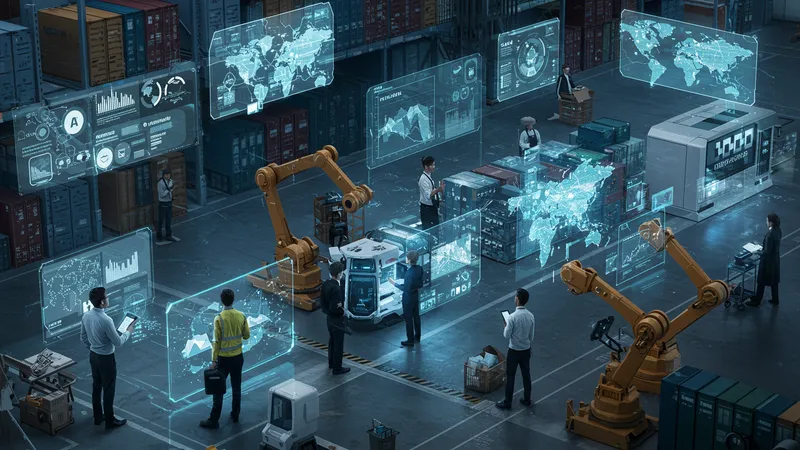
Global Trade Transformed By AI Driven Growth And Efficiency
AI’s Impact on UK Trade Efficiency and Growth
The integration of artificial intelligence into UK trade operations has altered traditional industry dynamics. No longer limited by manual data entry and fragmented paperwork, companies across the nation are experiencing streamlined customs clearance, automated compliance checks, and smoother intercontinental communication. This acceleration not only saves time but directly supports expansion by letting British exporters and importers respond instantly to market shifts and emerging logistics bottlenecks.

Government initiatives in the United Kingdom are rapidly encouraging AI adoption across the entire trade value chain. The UK Government’s Digital Trade Strategy specifically highlights investment in digital borders and customs modernization, with AI as a pivotal enabler. Platforms like Tradeshift and Flexport, endorsed by HM Revenue & Customs, have achieved integration with e-customs systems, facilitating rapid and accurate transaction validation.
Comparatively, nations that lag in AI deployment see increased delays and higher costs due to redundant manual interventions. For UK logistics firms, the measurable efficiency gains—sometimes up to 40% faster shipment processing times—are giving British goods an edge in competitive markets, particularly in Europe, Asia, and North America post-Brexit.
Furthermore, as the UK economy pivots towards high-value, time-sensitive exports (such as pharmaceuticals and tech equipment), AI’s predictive logistics capabilities become indispensable. With market volatility and regulatory uncertainty on the rise, British trade leaders are discovering that automation and AI-driven optimization make their supply chains not just faster, but demonstrably more resilient. The real test lies in scaling these gains across all business sizes.